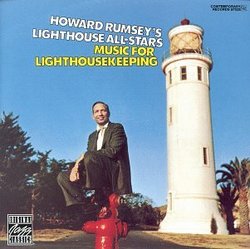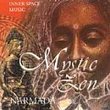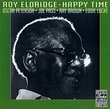| All Artists: Howard Rumse & the Lighthouse All-Stars Title: Music for Lighthousekeeping Members Wishing: 1 Total Copies: 0 Label: Ojc Release Date: 7/1/1991 Album Type: Original recording remastered Genres: Jazz, Pop Styles: Cool Jazz, Bebop Number of Discs: 1 SwapaCD Credits: 1 UPCs: 025218663625, 0090204034086, 025218663649 |
Search - Howard Rumse & the Lighthouse All-Stars :: Music for Lighthousekeeping
 | Howard Rumse & the Lighthouse All-Stars Music for Lighthousekeeping Genres: Jazz, Pop
A veteran of the Stan Kenton band, bassist Howard Rumsey's greatest contribution may have been in providing a solid base of operations for many of the West coast's finest players of the '50s. From 1951 to '60, Rumsey led a... more » |
Larger Image |
CD DetailsSynopsis
Amazon.com A veteran of the Stan Kenton band, bassist Howard Rumsey's greatest contribution may have been in providing a solid base of operations for many of the West coast's finest players of the '50s. From 1951 to '60, Rumsey led a variety of bands at the Lighthouse Cafe (which he later co-owned) in Hermosa Beach near Los Angeles featuring such outstanding musicians as Max Roach, Jimmy Giuffre, and Shorty Rogers. Recorded in 1956, Music for Lighthousekeeping is typical of the music Rumsey and his compatriots made: relaxed, witty, and warm. If some of the original vehicles such as arranger/composer Bill Holman's two mambo tunes now sound a bit out of fashion, the band's ability to integrate such historic stepping stones as Count Basie's "Topsy" and "Taxi War Dance" into their mellow, modern sound more than compensates. This edition of the band is notable for its inclusion of a young Sonny Clark on piano, drummer Stan Levey, and Kenton veterans Bob Cooper on sax, Conte Condoli on trumpet, and Frank Rosolino on trombone. --Fred Goodman Similar CDs
|
CD ReviewsThe light's getting dim Matthew Watters | Vietnam | 04/05/2009 (3 out of 5 stars) "Stan Levey and Frank Rosolino are particularly fine here, but the whole enterprise is beginning to sound a bit safe and formulaic. If you are interested in exploring what the All-Stars were all about, start with Volume Three, which still reflects the original concept of the All-Stars as a creative crucible, an arranger's workshop with shifting personnel, and not merely a pleasant house band."
|

 Track Listings (8) - Disc #1
Track Listings (8) - Disc #1


